Shed hunting is a vogue activity. Popularized over the past couple decades, it’s now mainstream. Even people who don’t hunt enjoy shed hunting each spring. But for those who do implement shed hunting as part of their annual hunting and scouting effort, what do we learn from them? Here are 10 things that shed antlers tell us.
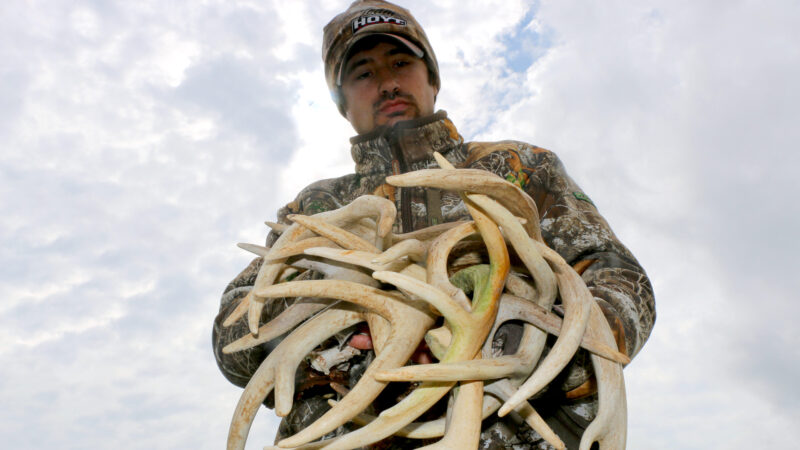
1. The Quality of a New Hunting Property
Never hunted the property before? Shed hunting can offer some clues as to how good it might be. At least, how good it might be the next late season. That doesn’t guarantee accurate info for the early season, or even the rut. But you can scout for rubs while shed hunting, and that’ll offer clues for the earlier phases of deer season. I’ve learned several properties by shed hunting them.
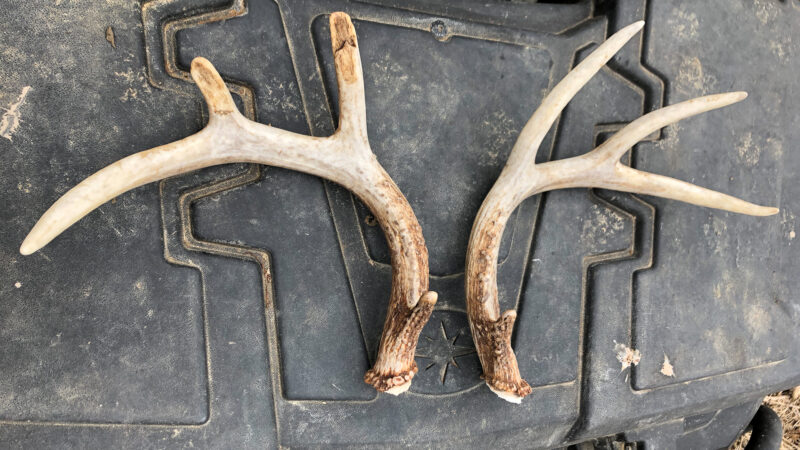
2. Antler Drop Timing
Different parts of the country drop antlers at different times. So do different deer herds within a state or county. Even specific bucks can drop antlers at different times. One particular Ohio buck I’ve had on camera drops every year in late December or first few days of January. While other bucks usually shed between late January and February, or even March.
3. That a Specific Buck Is Alive
A shed antler is confirmation that a buck made it through the season. That’s valuable information, especially if trail cameras or in-the-field sightings didn’t confirm that for you. Having that intel leading into the next season is a great benefit, especially when completing off-season projects, such as planting food plots, hanging treestands, or conducting other efforts for specific bucks.
4. Where a Buck Spent the Winter
A shed antler can reveal where a buck spent the winter months. This is valuable information, because it can show where deer like to be during the late season. If you’re still packing a tag by the next late season, this can show where a specific buck likes to bed, feed, water, or travel. Knowing what part of a buck’s home range is used in winter is good info to know.
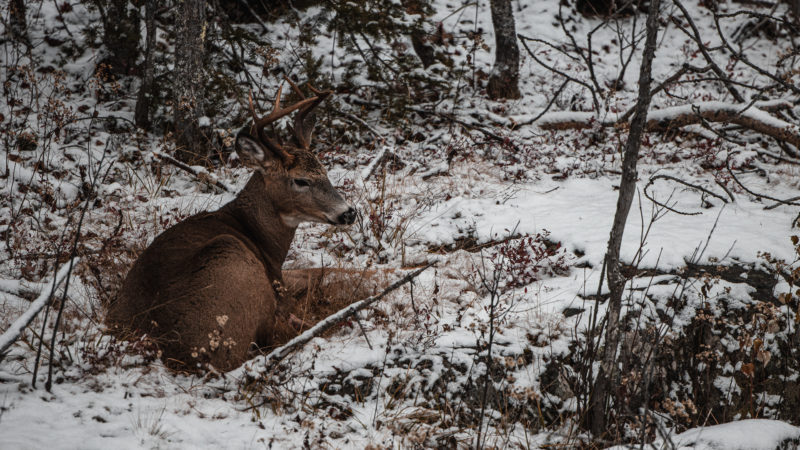
5. Where a Buck Bedded
As mentioned, knowing a buck’s wintertime bed is a major piece of the puzzle. It’s important if hunting that buck, or perhaps other bucks that use the property in a similar manner, in future seasons. Of course, that info is only relative to the late season. But if hunting at that time, this helps drill down on key patterns. Obviously, you need to find the antler in a buck’s actual bed, or very close to it, to know where he was sleeping during the day. Maybe that’s solar bedding (southeastern-facing slopes), thermal bedding (dense stands of conifers), or a nasty thicket.
6. Where a Buck Fed
In contrast to finding a buck’s antler in its bed, finding headgear in a food source reveals the other end of the equation. Knowing where a buck preferred to feed during the winter can showcase where it feeds. Potential spots include ag fields, still standing or with waste grain, remaining red oak acorns, key food plots, general browse, and more.
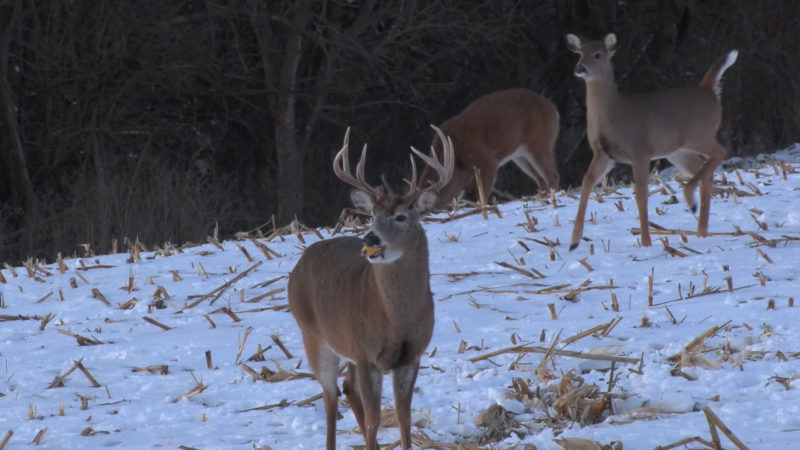
7. Where a Buck Watered
It’s common to find shed antlers near, or even within the edges of food sources. Deer regularly raise and lower their heads at water as they alternate between hydrating and watching for danger. This rapid up-and-down motion can shake loose that bone and reveal what water sources the buck preferred to use.
8. Confirmation of a Buck’s Habits
Finding a buck’s antler, or antlers, showcases general habits, too. Where it bedded. Where it fed. What trails it used. Other more nuanced factors. These and more are things that can be revealed about a buck’s habits when studying all of the details behind a shed antler.
9. The Health of a Buck
Another benefit of shed antlers is health inspection. A shed antler with a base underside that’s convex-shaped (rounded outward) demonstrates good health. In contrast, a shed antler with a based underside that’s concave-shaped (rounded inward) demonstrates poor health of some kind. It might be disease, injury, nutrition, or stress-related. In rare cases, the antler has a piece of skull attached to it,
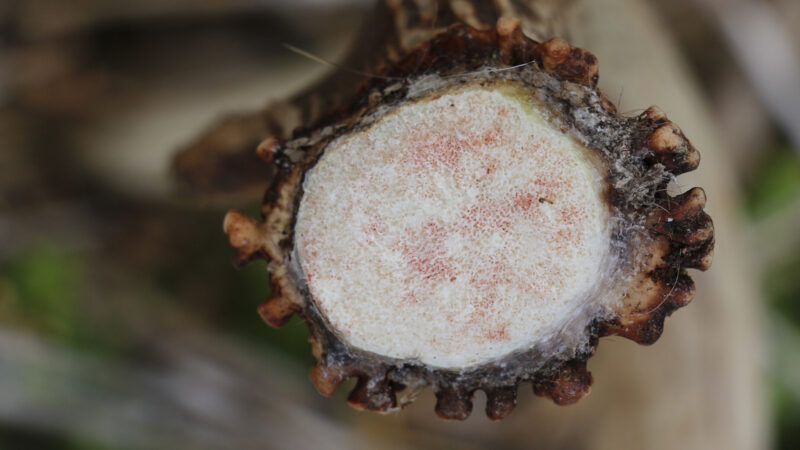
10. How Much a Buck Grows Year-Over-Year
Finally, those who find antlers to specific bucks for consecutive years can determine how much a buck grows year-over-year. This is a great thing to know, especially when trying to manage deer on your property. It can help make harvest decisions, such as putting a buck on the “shoot” list or allowing deer to reach older age classes. That aside, it’s just fun to know how many inches a deer packed on from one year to the next.
All things considered, sheds can tell us a good bit. And those who look for the knowledge to be gleaned from these fallen crowns can benefit more than just fancy shelf décor. It can help you manage and harvest deer in the future.
Whether you’re the type to analyze all the details, or just want to get out and look for sheds, that time is nearing. Shed season is upon us. Get that white gold.

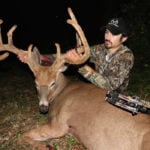 By
By 



